How to Choose the Right Tile Pattern for Your Project
Brick Layout
If you're using a rectangular tile, a brick pattern is the classic layout. This pattern accenturates the horziontal lines of grout (if fact, architects are told to draw bricks at horizontal lines as this is how our eyes percieve this pattern). Those horizontal can subtly widen a narrow room, so if you're squeezed for space, the classic brick tile pattern is a good choice.
"A brick layout can look especially stylish when paired with a contrasting grout color, such as gray grout with white tile, emphasizing the geometric pattern." -- Yanic Simard, Interior Designer
The brick layout is especially effective where you're using a simple, single-colour tile.
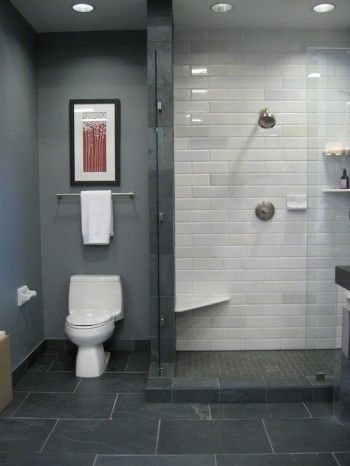
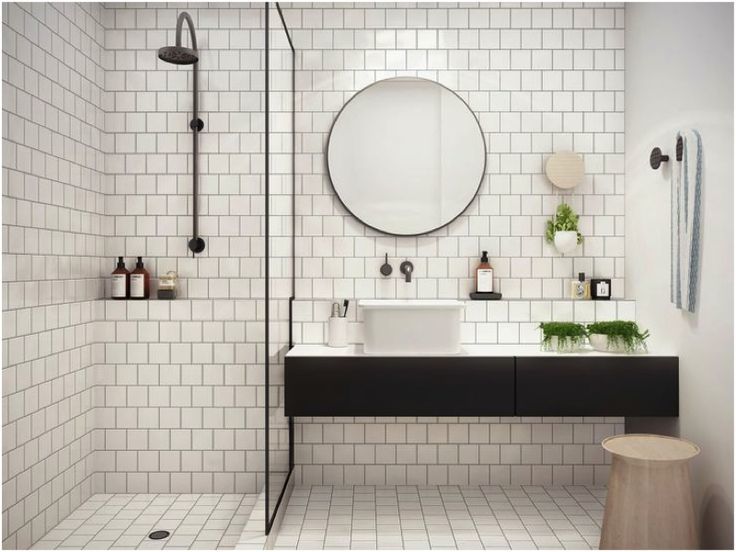
Vertical Brick
Why not flip your brick pattern 90 degrees? Crazy, right?
The vertical brick pattern is hard to achieve with real bricks because they are hard to lay and not as structurally sound in this format, but with tiles it's a cinch. It puts a (literal) twist on what is a classic layout. For people who want something different without shouting their uniqueness from the rooftops.
If you have a low ceiling in the bathroom this can be a good way to make the space seem more generous. Remember what we said about the perceived line in the brick layout?
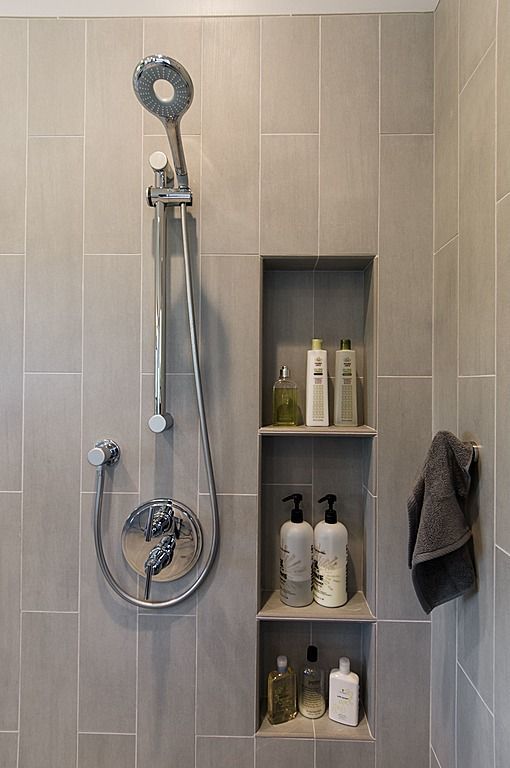
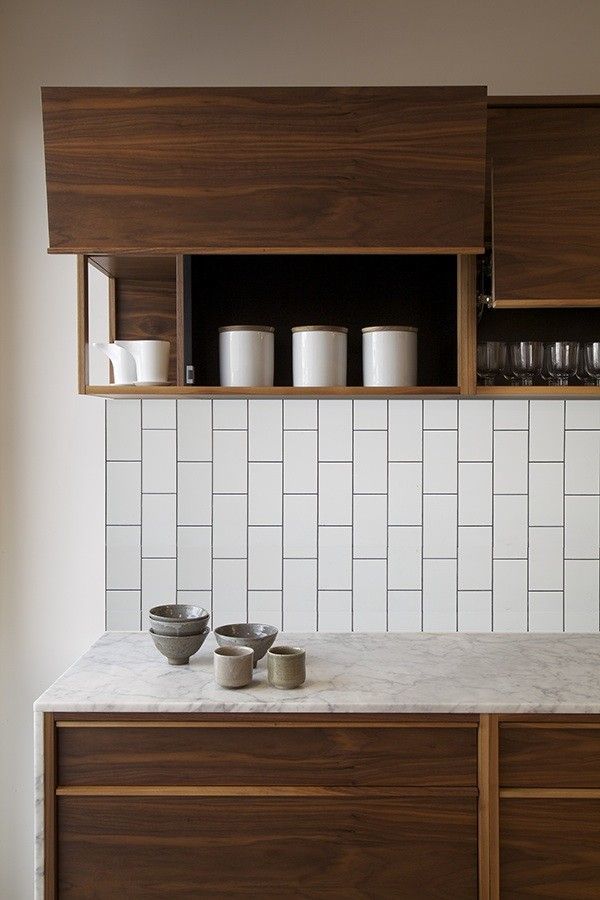
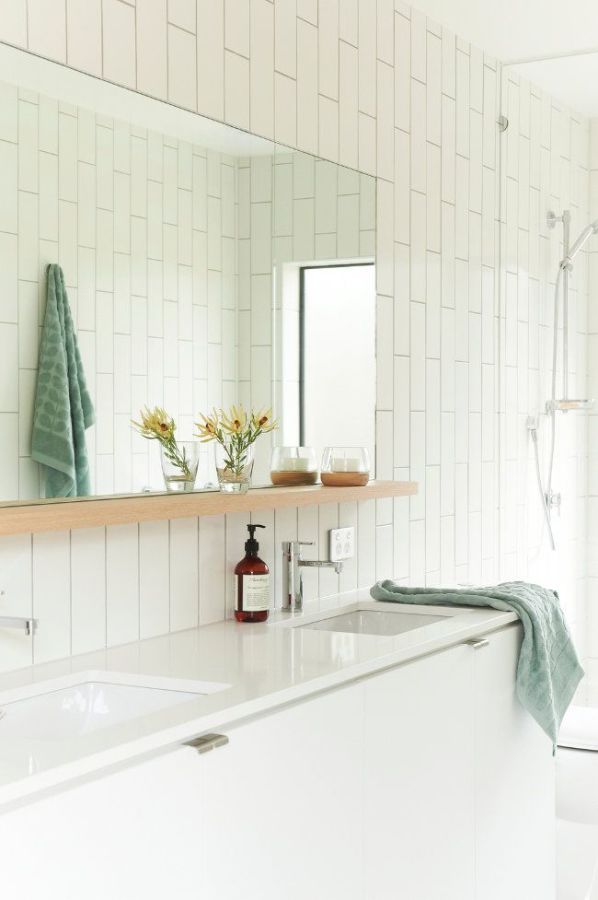
Stacked Bond
Stacked bond tiles have a contemporary feel thanks to their strong vertical and horizontal lines. Tie a stacked bond with a contrasting grout colour to enhance the effect of the lines for a truly contemporary tile pattern.
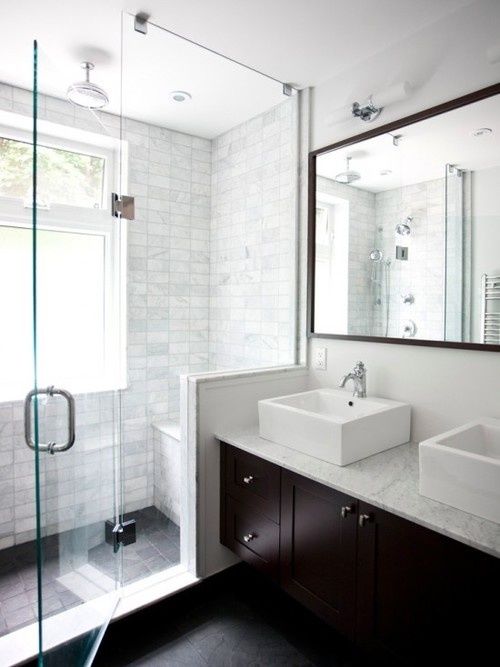
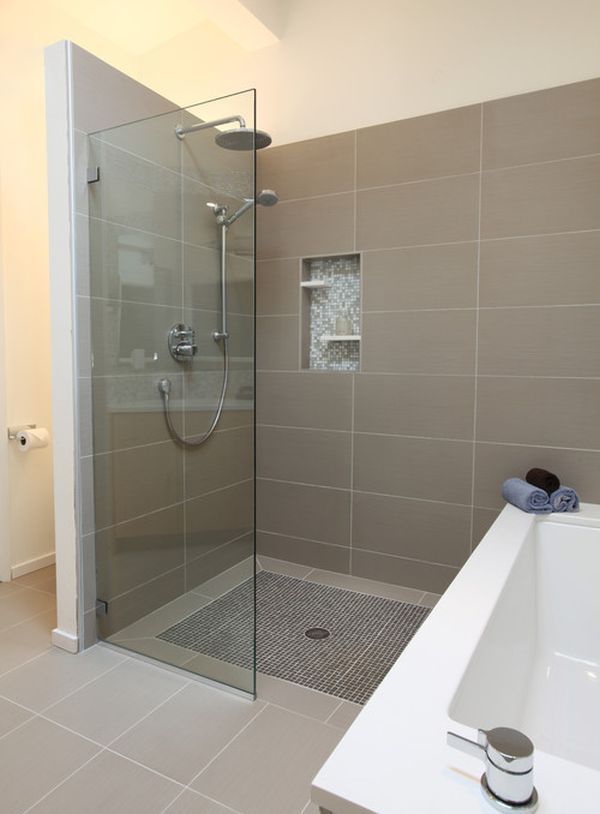
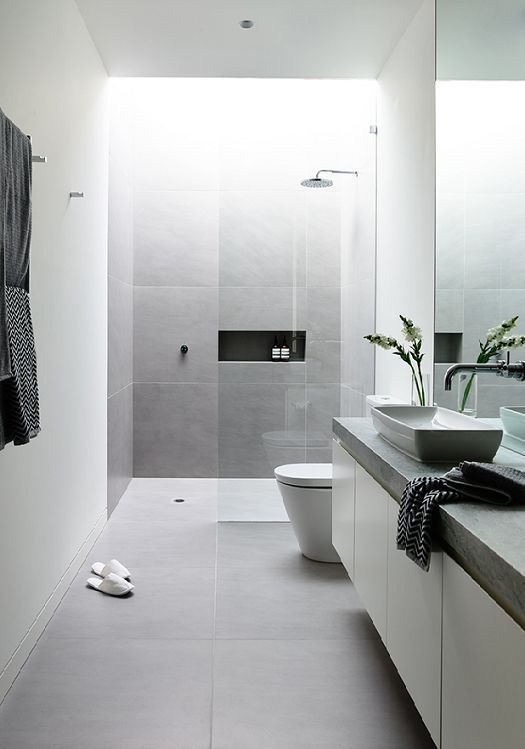
Mosaics
Most people freak when you say mosaic, because they imagine the kitchy designs from your grandmother's outdoor table. But any small tile that generally come conveniently glued to a larger mat are called mosaic tiles.
Mosaics come in a wide variety of colours and styles and are fantastic to use as an accent or feature wall. The downside is the extra grout requires maintenance, so reconsider whether you want them all over the bathroom!
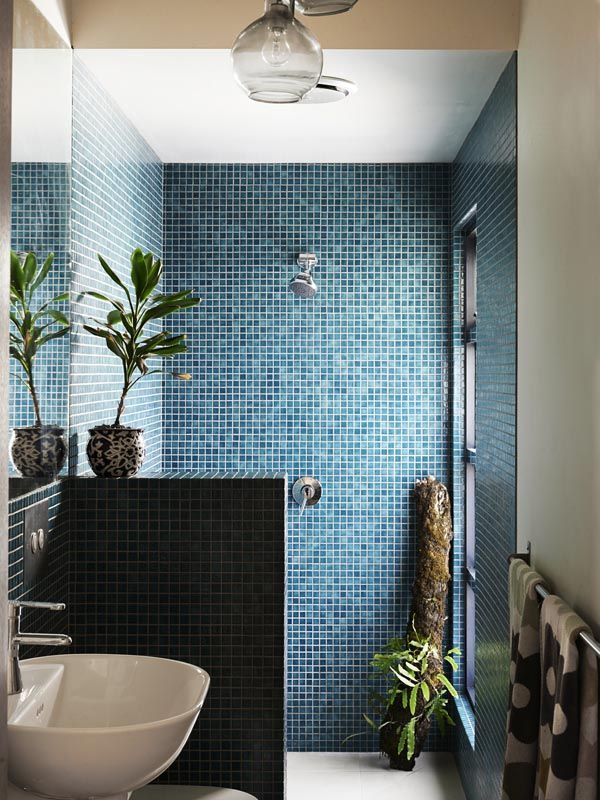
Subtle colour variation in mosaic make for a lively, shimmering shower.
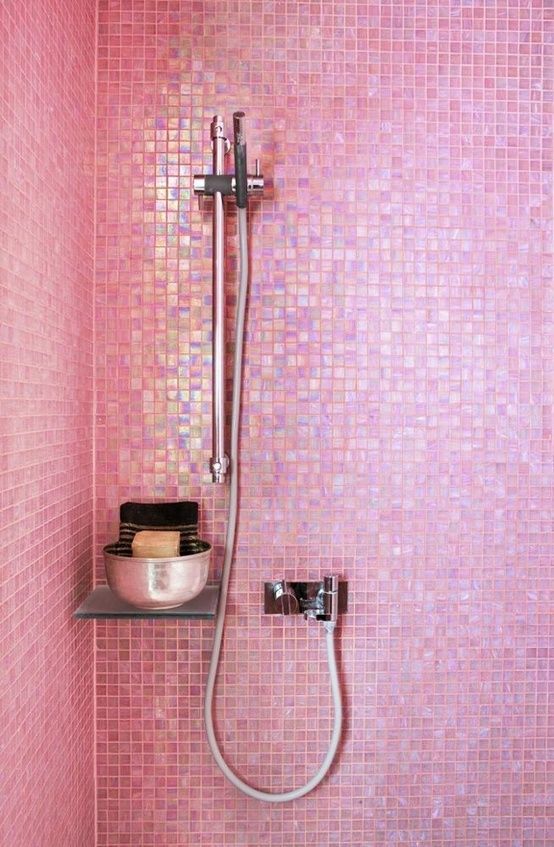
Pretty in pink. Mosaics come in all kinds of colours and styles.
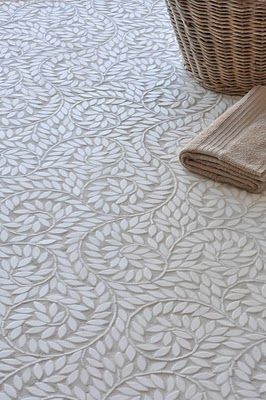
... Even beautifully intricate patterns like this!
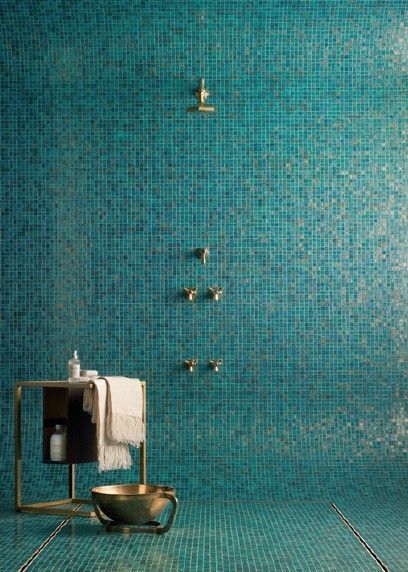
Herringbone
A herringbone pattern is achieved by laying tiles at right angles into zigzag formations or by a preformed mosaic. Either way, the look is sophisticated and has high-end appeal, even with a simple material. However, this pattern will inevitably require additional cutting of tiles at the borders, so it can create some extra material waste.
The angular nature of this pattern creates a dynamic energy, which can be perfect for accent walls but a little overwhelming if used on too large a surface.
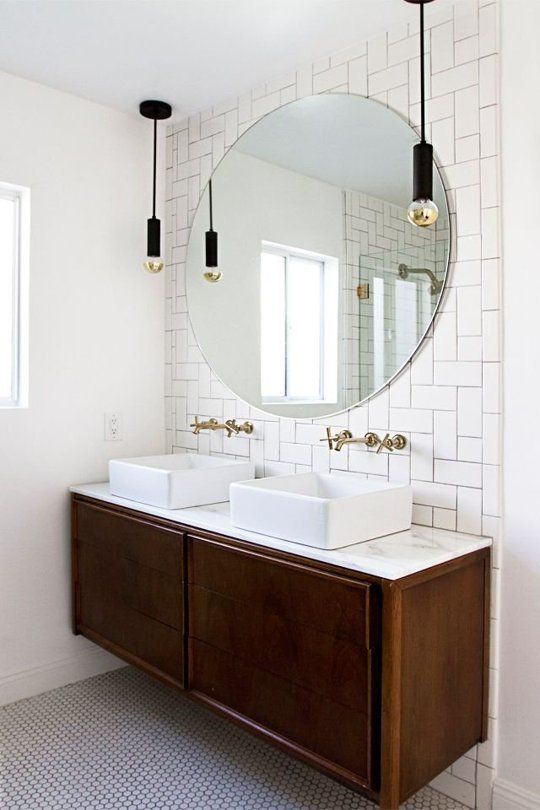
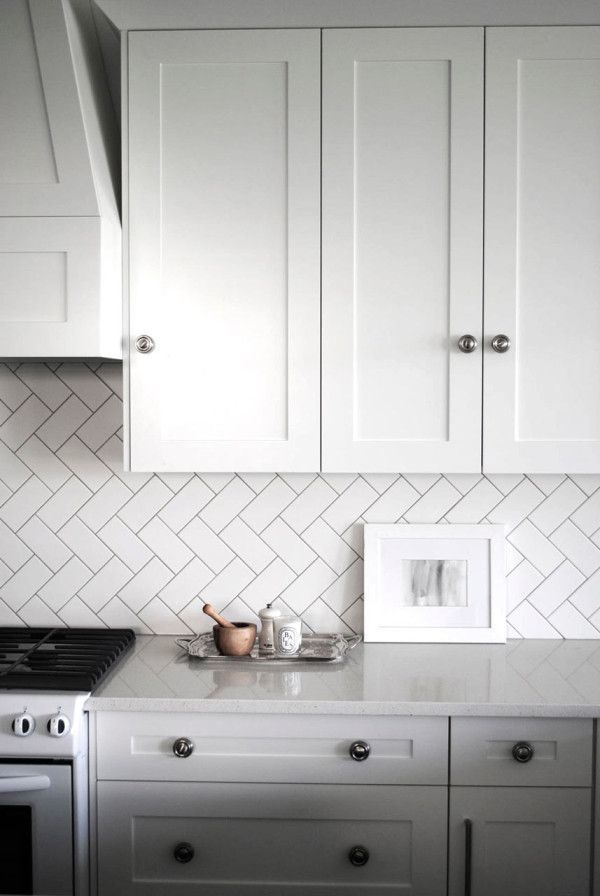
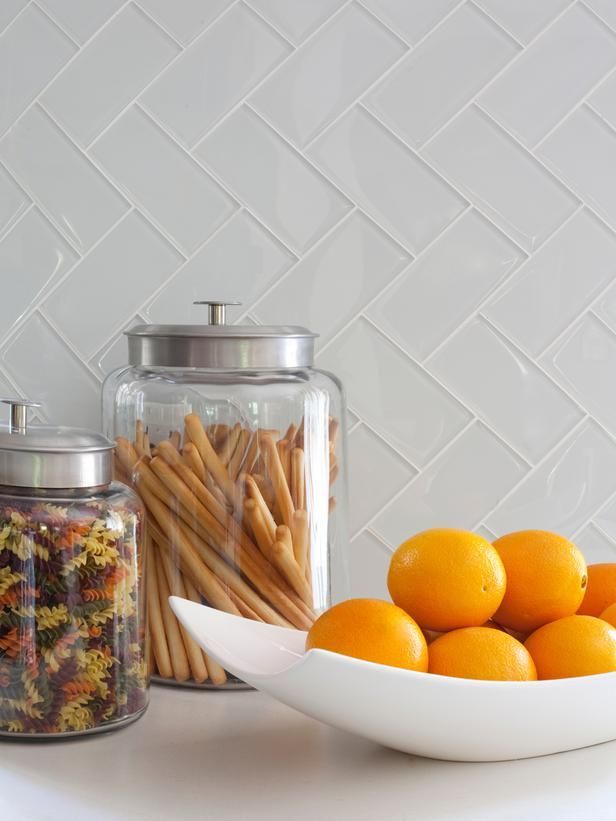
Basket Weave
Basket-weave and similar patterns that turn subway tiles into square units are effective for adding a sense of drama similar to a herringbone layout, while avoiding the extra cutting of material. In fact, this sort of pattern can potentially avoid any cutting at all when filling a rectangular area, making it a good secret weapon for DIYers.
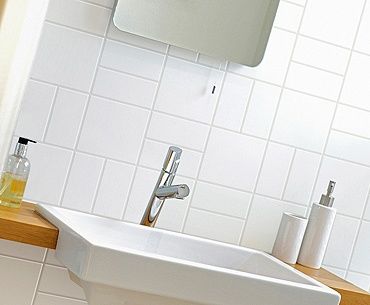

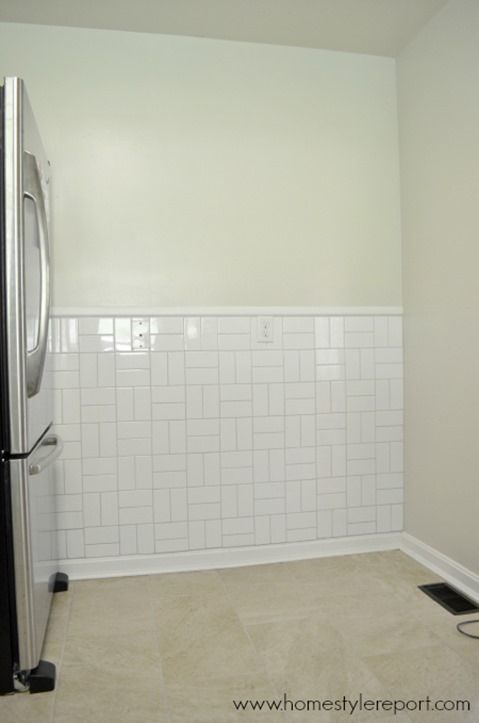
Other Options
Of course there are always other options for the adventurous at heart. Let your imagination go wild with your tiling patterns.
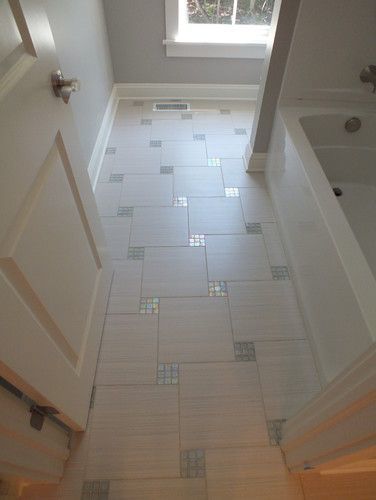

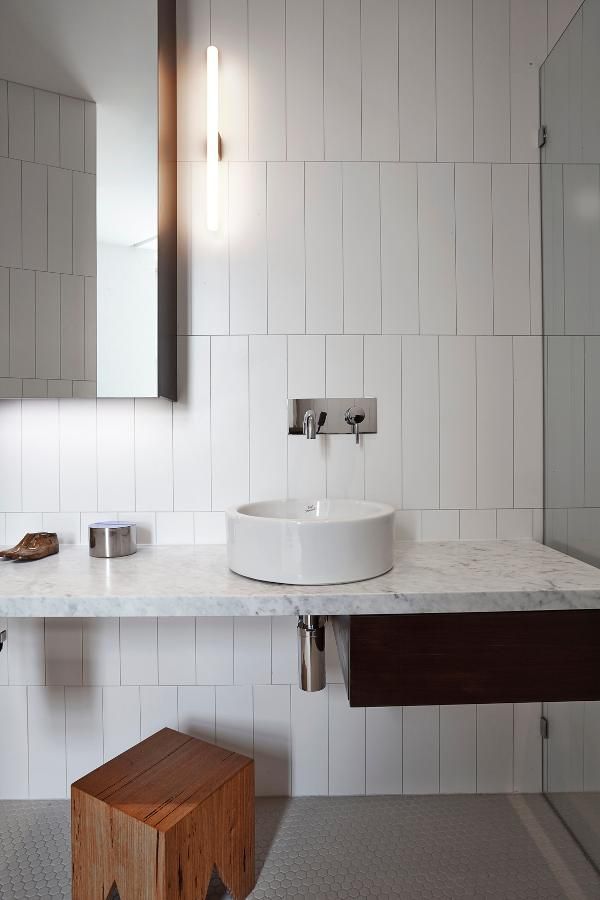
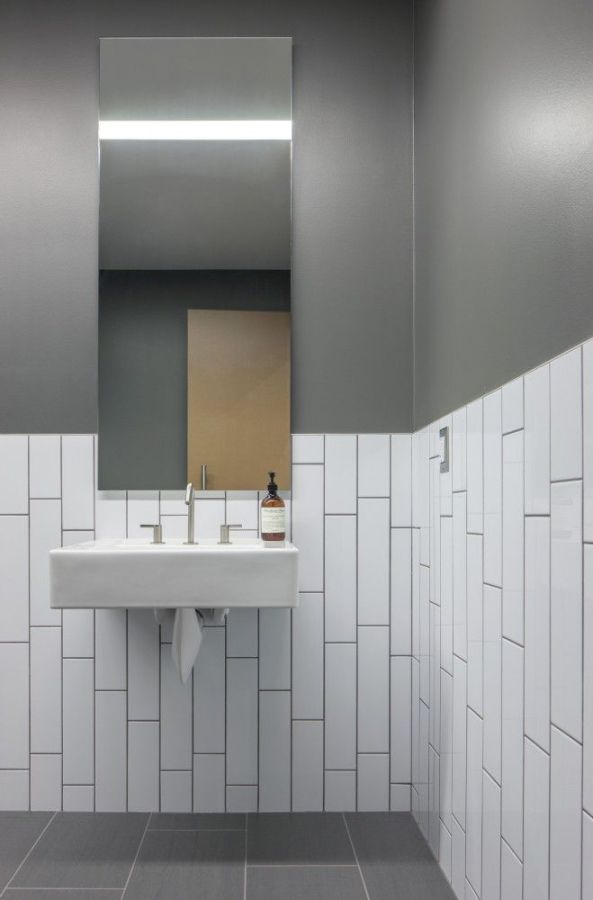
What Next?
Which tile pattern with you choose at your house? And remember, no matter how complicated your job, Service Central's qualified tilers are up to it. Get quotes today!


